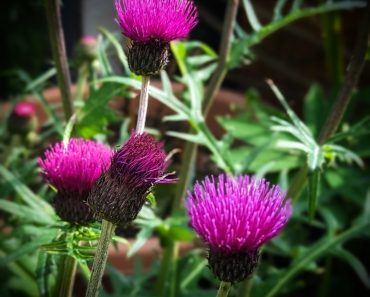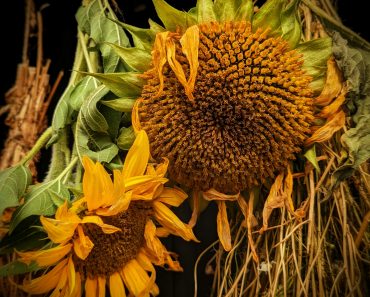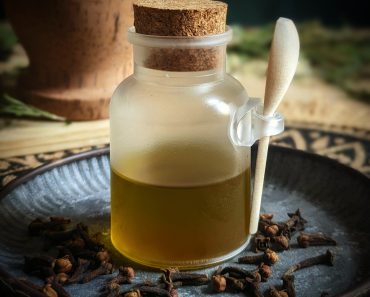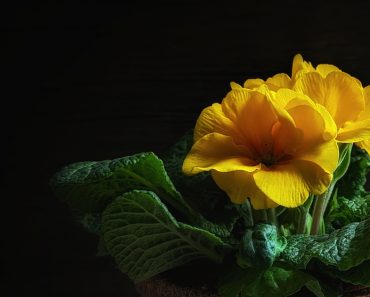A Weed or a Wish? Dandelions are often the nemesis of the proud Gardener, popping up in perfectly manicured beds without explanation…but their not all bad! In fact, Dandelions have some pretty remarkable qualities! These ‘weeds’ have been used for centuries in folk medicine and are still highly regarded today for their healing abilities. Find out why you need Dandelion in Your Medicine Cabinet!
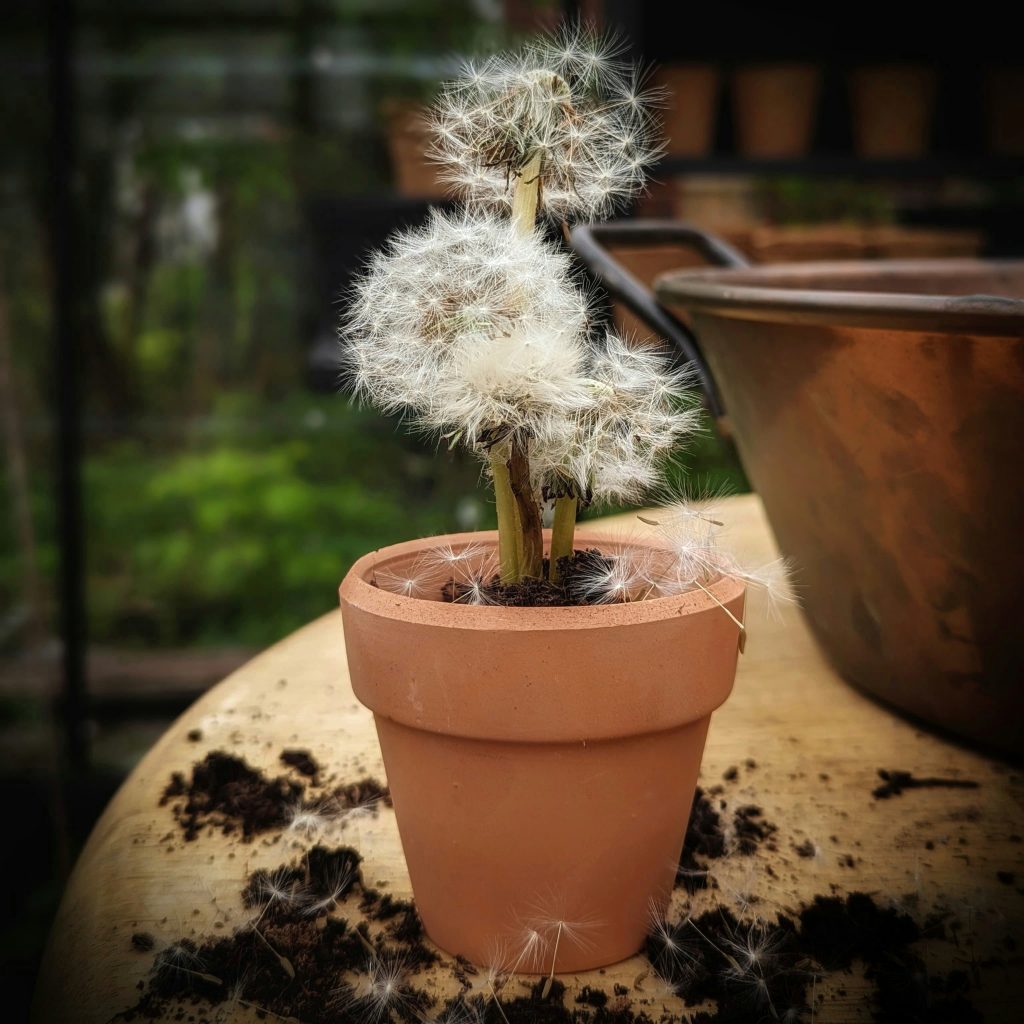
This post may contain Affiliate links please see my disclosure policy
Dandelion Tea
When you hear folk talk about Dandelion tea they are referring to 1 of 2 beverages. Dandelion Tea can be made in two ways…
Dandelion Root and Dandelion Leaves
The first is an infusion made from the Dandelion Leaves, and the second is made from Roasted Dandelion Root. I will explain the process of growing , harvesting, drying and preparation of the two later on in the post, but first let’s take a look at the Benefits of Dandelion Tea.
Also Check out my How To make Dandelion Salve and Dandelion Oil
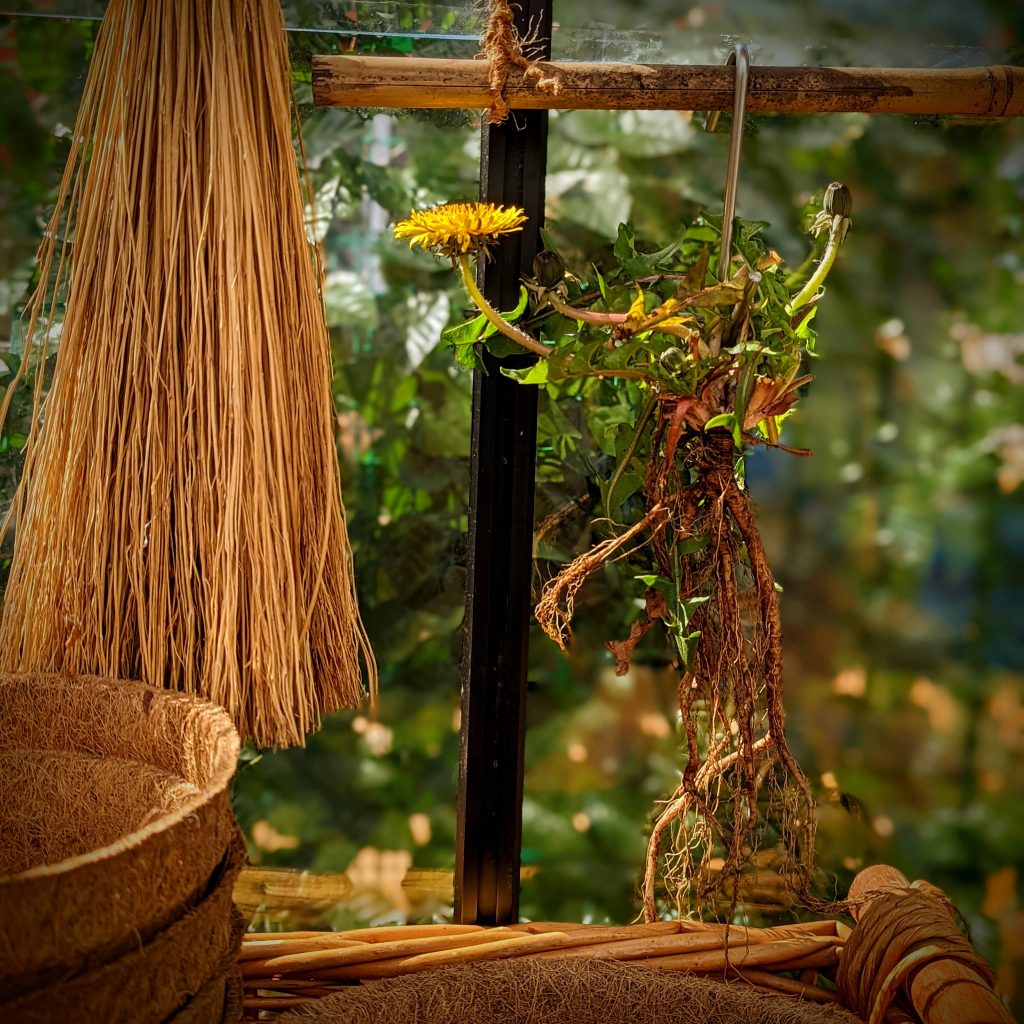
The Benefits of Dandelion Tea
1. A Good Diuretic
Dandelion can help reduce water weight and offer relief from bloating. Dandelion tea acts as a diuretic, which helps rid your body of salt (sodium) and water. In summary- It helps your Kidneys to get rid of extra water and salt from your body through your urine.
2. Liver Health
Long regarded as a ‘Liver Tonic’ The root of the dandelion plant may help improve liver and gallbladder function and offer protection from oxidative stress allowing it to work more effectively. It is often used in herbal medicine, for hepatitis, jaundice, gallbladder infections and for helping to dissolve gallstones.
3. Can Be Used as a Coffee Substitute
The roasted roots of dandelion plant can be used as a natural, healthier alternative to Coffee, simply steep roasted Dandelion Root in Water for 5 minutes and enjoy!
4.Helpful for Digestive Issues
Dandelion Tea is often used as a healing tonic for improving appetite and relieving constipation.
How to Harvest Dandelion Root for Tea
Important-Harvest from an area you trust. Be sure the ground hasn’t been treated with pesticide of any kind, also steer clear of high traffic areas such as roadsides (exhaust fumes)
- The best time to Harvest Dandelion root is during Autumn- Early Spring. At this stage the plant is dormant and has already stored up all that lovely energy within its roots, making it more potent for a healing tea.
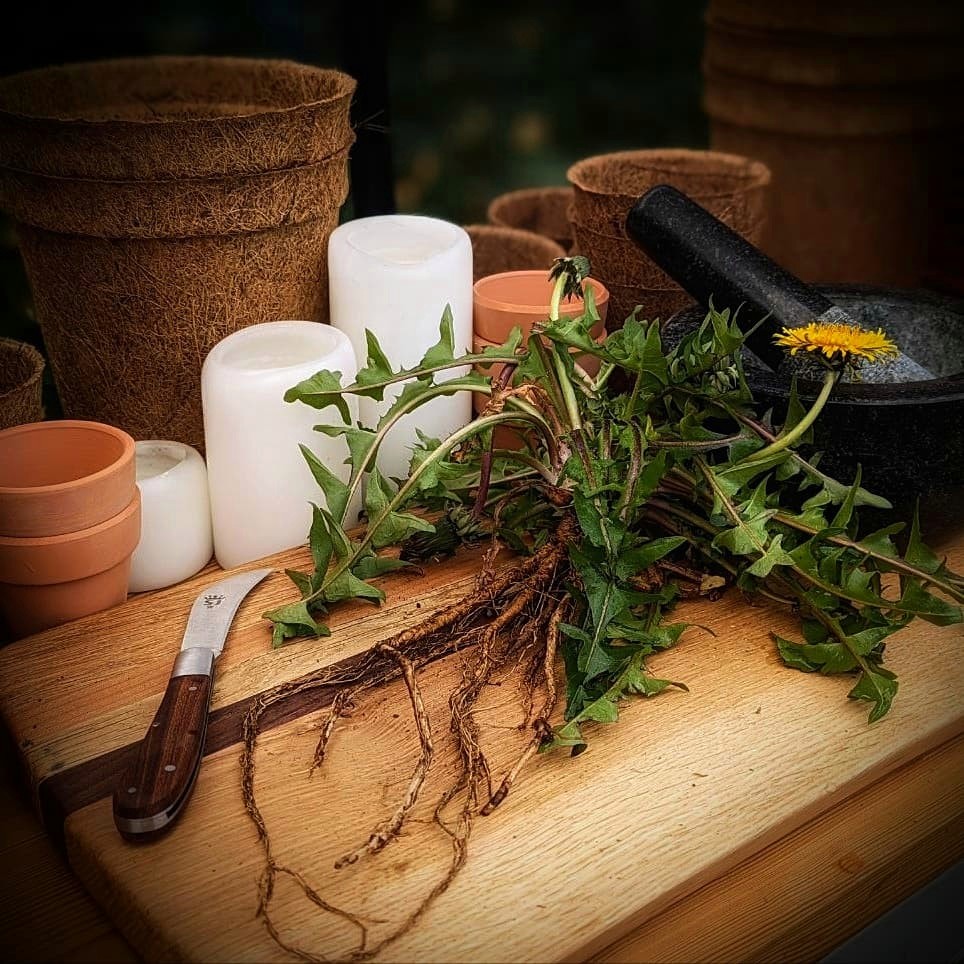
- To access the root, you have to pull up the entire plant. Do this carefully, by first loosening the earth around the plant with a hand tool, this allows the roots to exit the ground more gently, lessening the risk of the roots snapping.
- Wash The roots, hang them to dry for the rest of the day. Then Chop or mince them – I whizz mine in the food processor for a few seconds. Lay them on newspaper in a dark dry environment to dry for 1-2 weeks, or alternatively, pop them in a dehydrator for 12 hours on the lowest heat setting.
- Once dry, roast them in a dry cast iron pan on medium high heat, stirring frequently. They are done when they turn a dark shade of brown and have a strong aromatic smell
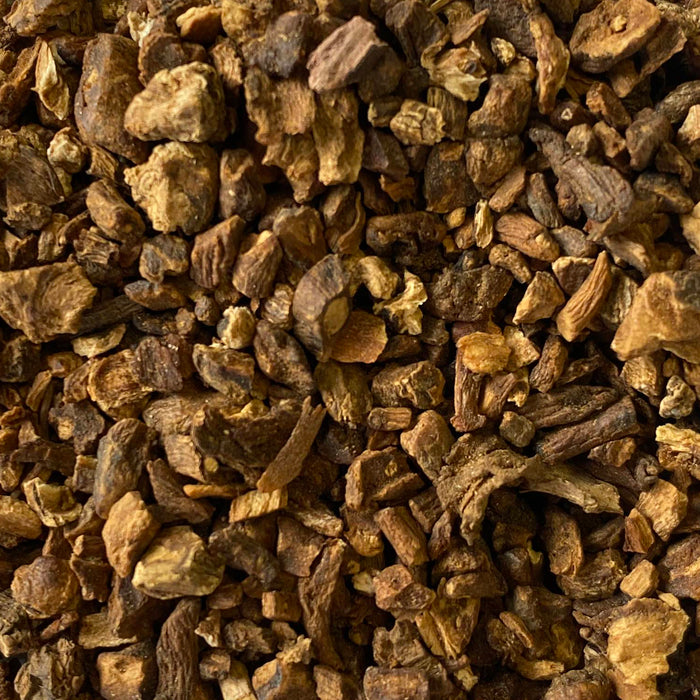
- Store for up to 1 Year in a clean airtight container
How to prepare tea from Dandelion Root
Place 1 tsp of Roasted Dandelion Root in a tea ball, steep for 5 minutes, remove tea ball and drink. The longer you steep the Roasted Dandelion, the more concentrated and potent the infusion will be.
How To Harvest Dandelion Leaves For Tea
- Again, Harvest from and area you trust
- The best time to harvest dandelion leaves is during early spring when the newly grown leaves are most tender.
- You can harvest leaves with garden shears or by picking them by hand. Early morning is the best time to harvest.
- For long Term storage you need to thoroughly dry Dandelion Leaves. Do this by laying them on newspaper or brown paper in a dry dark environment, or pop them in a Dehydrator for 12 hours on the lowest heat setting
- Place dried Dandelion Leaves in an airtight container and store for up to 1 year
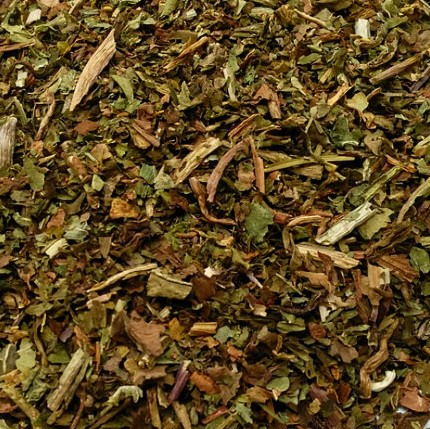
How To Prepare Tea From Dandelion Leaves
Place 1 tsp of dried Dandelion leaves in a tea ball, steep for 5 minutes, remove tea ball and drink. The longer you steep the Roasted Dandelion, the more concentrated and potent the infusion will be.
Which is Best? Dandelion Root or Dandelion Leaf Tea?
It depends- a lot of it rests on personal taste! However, depending on your needs, I would say the roots are the best option for liver and gallbladder problems. While the leaves are most useful as a diuretic to help the body get rid of excess fluid.
Can you eat Dandelions?
Yes, nearly the whole plant is edible. The only inedible part would be the stem, which contains a very bitter milky substance.
Ways To eat Dandelions
- Sprinkle Dandelion petals on salads
- Saute the leaves
- Add to risottos and soups
Helpful Tools For Dandelion Tea
How To Grow Dandelions From Seed
Affiliate Links
Would you rather grow your own? Dandelions are very easy to grow!
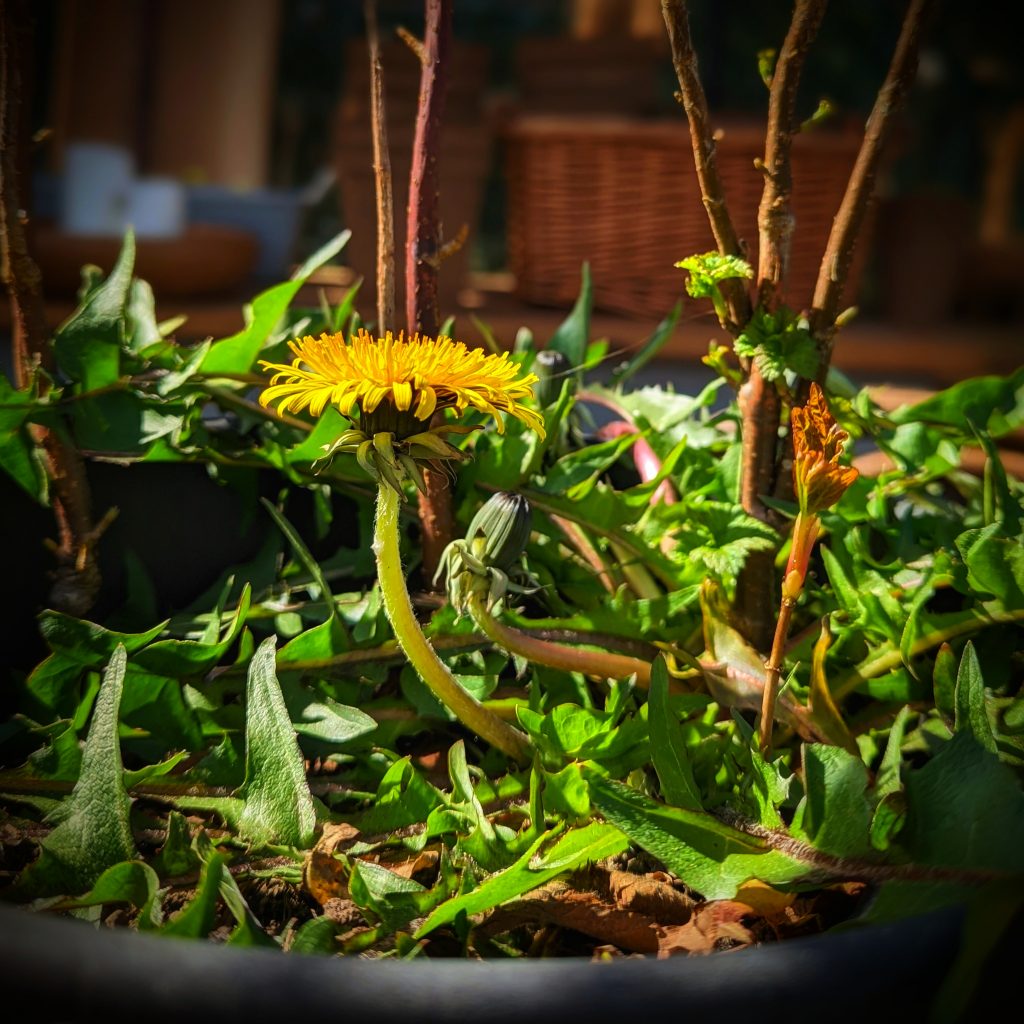
How to Sow Dandelion Seeds
Sow dandelion seeds directly outdoors in pots or a prepared bed, six weeks before the last frost in Spring, cover lightly with soil. Dandelions like a little sunshine for germination.
Dandelion Care
I wouldn’t worry! Dandelions seem to thrive from neglect! The English weather will take care of them!
Can Dandelions be Invasive ?
Dandelions can spread quickly due to the dispersal of windborne seeds and their long tap root (Dandelions are able to regrow even from the tiniest fragment of root) For this reason, Keep your Dandelion Patch small, keep on top of the deadheading and harvest often.
More Healing Teas
Looking For more ‘Homely’ Inspo ?
Have a Nosey Around the Blog! See what i’ve been Baking, Growing and Drinking! Also, pop over and say Hi on Instagram
*Any specific health claim or nutritional claims or information provided on the Website are for informational purposes only. Nothing on the Website is offered or intended to be a substitute for professional medical, health, or nutritional advice, diagnosis, or treatment. This Website is not intended to diagnose, treat, cure or prevent any disease. You assume full responsibility for consulting a qualified health professional regarding health conditions or concerns.

